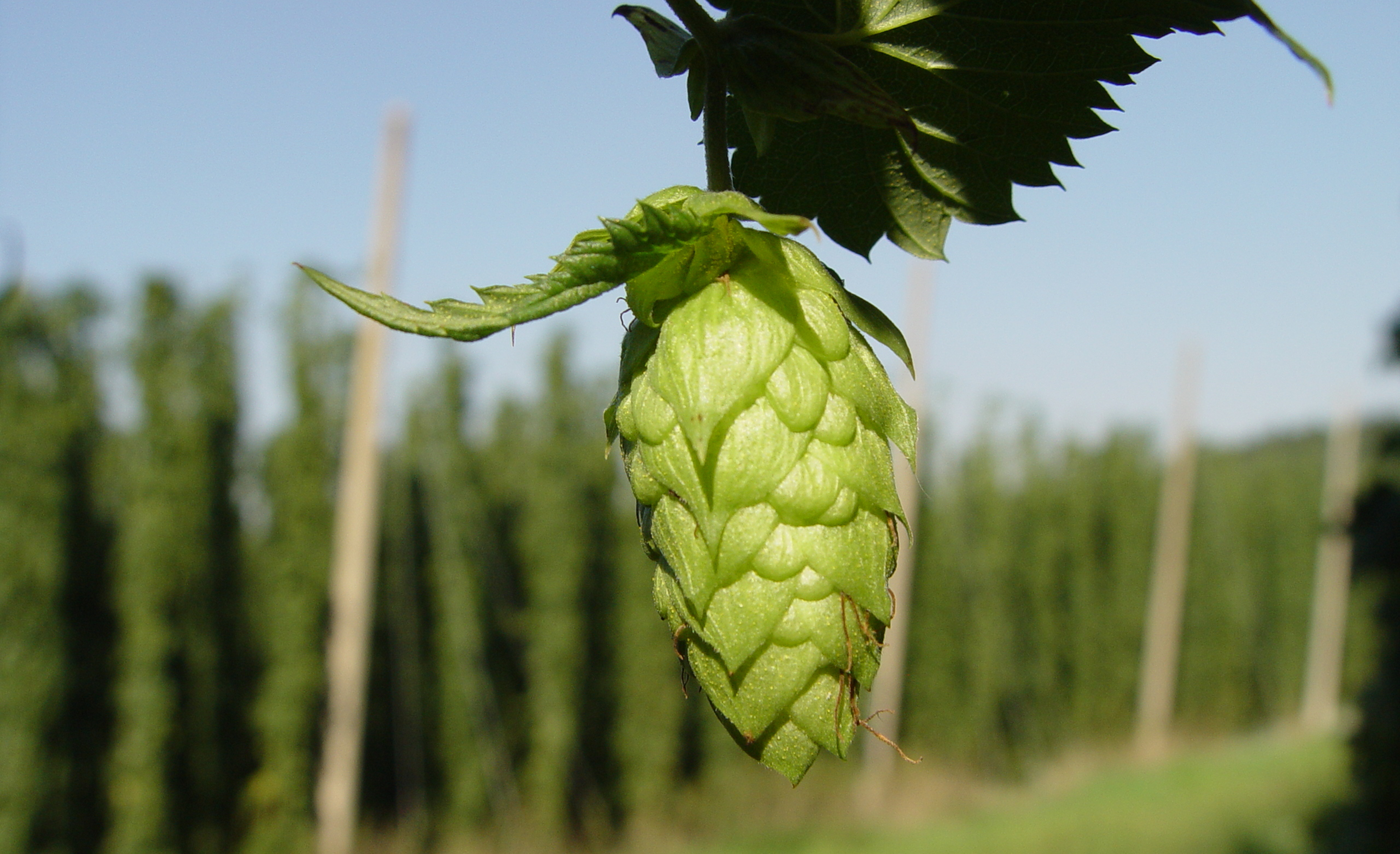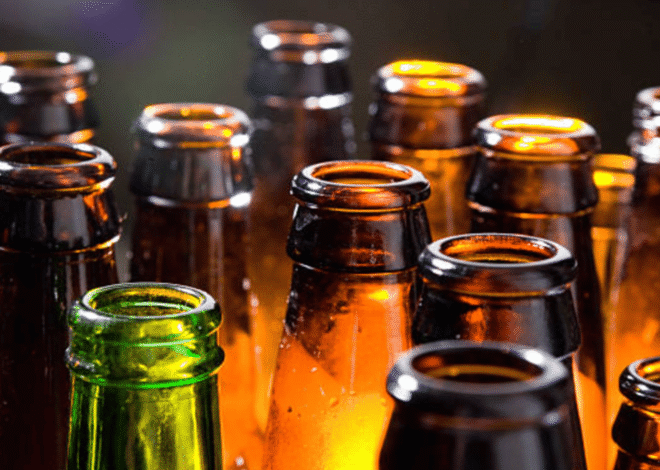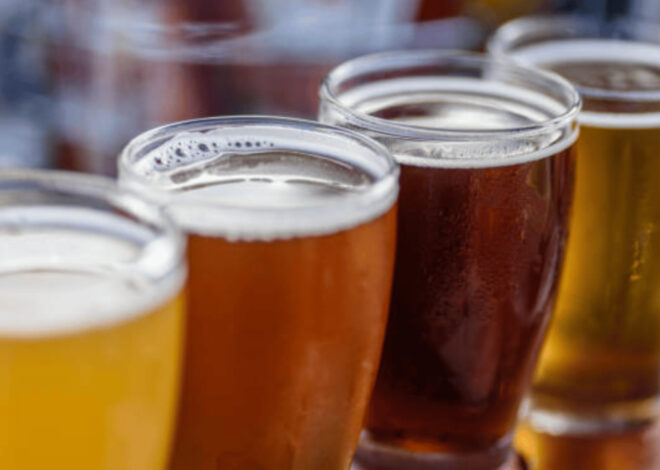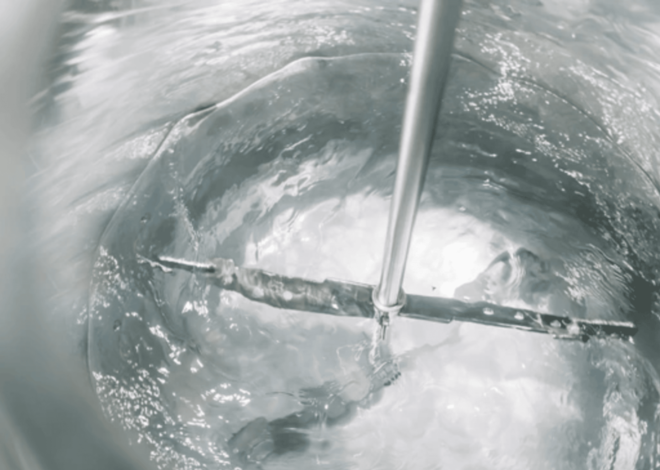
Advanced Beer Brewing Tips
Welcome to our advanced beer brewing tips. Beer brewing is not just a hobby; it’s an art form that has captivated enthusiasts for centuries. From the bubbling fermentation to the rich aromas wafting through your kitchen, each step of the brewing process offers an opportunity for creativity and precision.
Whether you’re a seasoned homebrewer or looking to elevate your skills, understanding advanced beer brewing tips can transform your brews from good to exceptional. Imagine crafting a perfectly balanced IPA that tantalizes taste buds or experimenting with unique flavors that surprise even the most discerning palates.
As you dive deeper into this rewarding craft, you’ll discover techniques and insights that will enhance both your brewing experience and the quality of your beer. Ready to take your brew game up a notch? Let’s explore some advanced strategies that will help you create standout beers while ensuring every sip is memorable.
The Importance of Sanitation in the Brewing Process
Sanitation is the backbone of successful beer brewing. Any brewer knows that cleanliness can make or break a batch. Bacteria and wild yeast are lurking everywhere, ready to spoil your hard work. Before you start, ensure every tool and surface is sanitized.
A quick rinse won’t cut it; use a reliable sanitizer designed for brewing equipment. This process helps eliminate unwanted organisms that could compromise flavor and quality. Pay attention to fermentation vessels as well. They must be spotless before introducing your precious wort. Even tiny remnants from previous brews can lead to off-flavors or infections.
During bottling, sanitation becomes even more critical. Contaminated bottles can ruin perfectly brewed beer in an instant. Soak each bottle thoroughly before filling them with your masterpiece. Taking sanitation seriously not only protects your brew but also enhances the overall experience of creating something truly exceptional.
The Importance of Quality Ingredients
Quality ingredients are the backbone of exceptional beer. The type of malt, hops, and yeast you choose can drastically influence the final product’s character. Freshness matters immensely. Stale or old ingredients might lead to off-flavors that ruin your brew.
Always source from reputable suppliers who prioritize freshness. Malt provides sweetness and body, so selecting high-quality grains is essential for developing rich flavors. Experimenting with various malts can open up a world of possibilities in taste profiles. Hops contribute bitterness and aroma; different varieties express unique characteristics.
Don’t hesitate to explore lesser-known hop types for intriguing results. Yeast isn’t just a fermenter; it’s a flavor creator as well. Different strains impart distinct notes, ranging from fruity esters to spicy phenols. Invest time in researching and sourcing premium ingredients for your brews, as they lay the foundation for outstanding craftsmanship in every batch you create.
Advanced Techniques for Brewing
Advanced brewing techniques can elevate your beer from good to exceptional. One method is step mashing, where you gradually increase the temperature during mashing. This allows for optimal extraction of sugars and flavors. Another technique worth exploring is biotransformation, which involves using certain yeast strains that interact with hop compounds during fermentation.
This process enhances aroma and creates unique flavor profiles. Consider experimenting with barrel aging too. By allowing your brew to mature in previously used barrels, you can infuse complex notes of wood, vanilla, or even whiskey into your final product.
Don’t overlook dry hopping at different stages; it can significantly impact aromatic qualities without adding bitterness. Each method opens doors to new experiences and surprises in every pint you pour. Your creativity will determine how far these techniques take your brewing craft!
The Role of Water in Brewing
Water is often overlooked in the brewing process, yet it plays a crucial role. The mineral content of water can profoundly affect the flavor and quality of your beer. Different styles demand different water profiles. For instance, pale ales thrive with softer water, while stouts benefit from harder varieties rich in minerals.
Understanding pH levels is essential too. Adjusting your water’s acidity can enhance extraction during mashing and improve overall fermentation. Consider using additives like gypsum or calcium chloride to fine-tune your brew. Don’t forget about temperature! Water temperature influences enzyme activity during mashing, impacting sugar conversion rates.
Experimenting with various water sources adds depth to creativity in brewing. Tap water may work for some recipes but exploring filtered or spring options could yield surprising results. Your choice of water directly correlates to the success of each batch you create—so invest time into understanding its chemistry.
Tips for Perfecting Fermentation
Fermentation is where the magic happens in beer brewing. Getting it just right can elevate your brew to new heights. Start with temperature control. Different yeast strains thrive at specific temperatures. Too high or too low can lead to off-flavors or stalled fermentation.
Oxygen management is crucial, too. Yeast needs oxygen initially but becomes sensitive once fermentation kicks off. Minimize exposure after pitching your yeast for cleaner results. Monitor gravity regularly using a hydrometer or refractometer. This helps you track progress and determine when fermentation has completed.
Don’t rush the process; patience pays off here. Allowing extra time can enhance flavors and aromas significantly. Consider dry hopping during fermentation for an aroma boost without overwhelming bitterness, adding depth to your final product while keeping clarity intact.
Advanced Techniques for Enhancing Flavor and Aroma
To elevate the flavor and aroma of your brews, consider dry hopping late in the fermentation process. This technique infuses fresh hop characteristics without overwhelming bitterness, creating a more vibrant profile. Experimenting with various yeast strains can also yield exciting results.
Different yeasts produce distinct esters and phenols that significantly impact aroma. Explore unique varieties to find unexpected flavors. Additionally, incorporating adjuncts like fruit or spices during fermentation can add depth. Be mindful of quantities; subtlety often leads to better balance.
Another advanced method is barrel aging. It introduces complex notes from the wood while allowing oxidation to soften harsh edges in young beers. Don’t shy away from experimenting with temperature variations during fermentation. Slight changes can unlock hidden aromas and flavors you might not have anticipated before diving into this craft.
Experimentation and Creativity in Beer Brewing
Beer brewing is an art that thrives on experimentation. Every batch presents an opportunity to push boundaries and explore new flavors. Don’t be afraid to mix different malts or hops. Each combination can yield a unique profile. Consider using unconventional ingredients like fruits, spices, or even coffee.
These additions can transform a standard beer into something extraordinary. Fermentation techniques also invite creativity. Try varying the yeast strains or adjusting fermentation temperatures for surprising outcomes. Take notes throughout your brewing journey; this record becomes invaluable as you refine your methods and recreate successful experiments.
Embrace mistakes as learning opportunities. Sometimes the unexpected results are the most enjoyable beers you’ll ever create! Be open to feedback from fellow brewers and tasters; their insights might inspire your next masterpiece in the brew kettle.
Troubleshooting Common Beer Brewing Problems
Brewing beer can be a delightful experience, but sometimes things go awry. Understanding common issues will help you troubleshoot effectively. One frequent problem is stuck fermentation. This often happens when yeast becomes inactive or there’s insufficient oxygen at the start.
Try gently swirling your fermenter to resuspend the yeast and ensure it has enough nutrients. Another issue brewers face is off-flavors in their beer. If you notice something unusual, consider your sanitation practices first; any contamination can lead to unwanted tastes.
Also, evaluate your ingredient quality—old hops or stale malt can spoil flavor profiles. Carbonation woes are common. If bottles aren’t carbonating properly, check the sugar levels added before bottling and make sure they’re sealed tightly to prevent leaks. Adjusting these variables can save a batch that seems destined for failure!
Final Tips and Recommendations for Experienced Brewers
For experienced brewers, the journey of crafting exceptional beer is both an art and a science. Here are some final tips to elevate your brewing game. Stay curious. The world of beer is vast, with endless styles and techniques. Attend workshops or join local brewing clubs to learn from others.
Networking can provide fresh perspectives and inspiration for your own creations. Keep detailed records of each brew day. Documenting ingredients, methods, temperatures, and fermentation times helps you replicate successes or troubleshoot failures later on. This practice will also enable you to refine your process over time.
Invest in quality equipment that suits your brewing style. Whether it’s upgrading your mash tun or optimizing fermentation vessels, the right tools can make a significant difference in the outcome of your batches. Don’t shy away from trying new ingredients—be it hops from different regions or specialty malts that add unique flavors to your brews.
Experimentation often leads to delightful surprises and innovative recipes. Always taste critically but also enjoy what you create! Share with friends and gather feedback; learning how others experience your beer can offer invaluable insights into flavor profiles that resonate well beyond personal preference.
Brewing beer should be fun as much as it is serious work—embrace each step along the way for truly rewarding outcomes!



